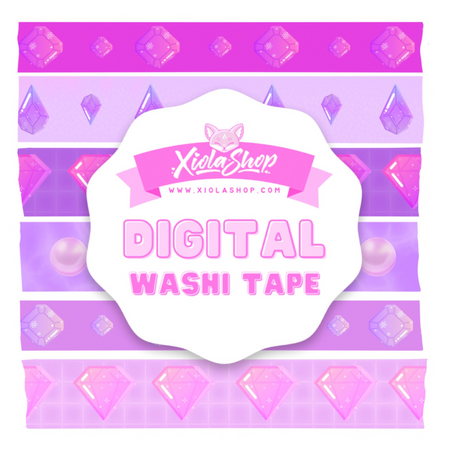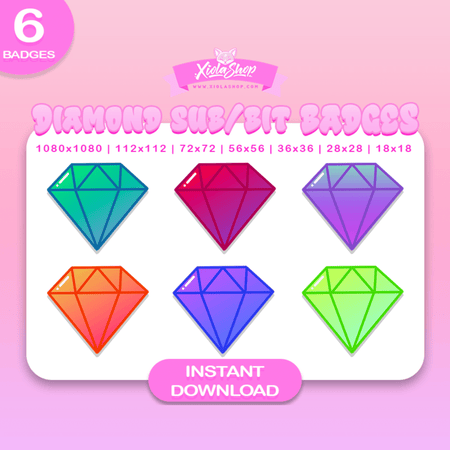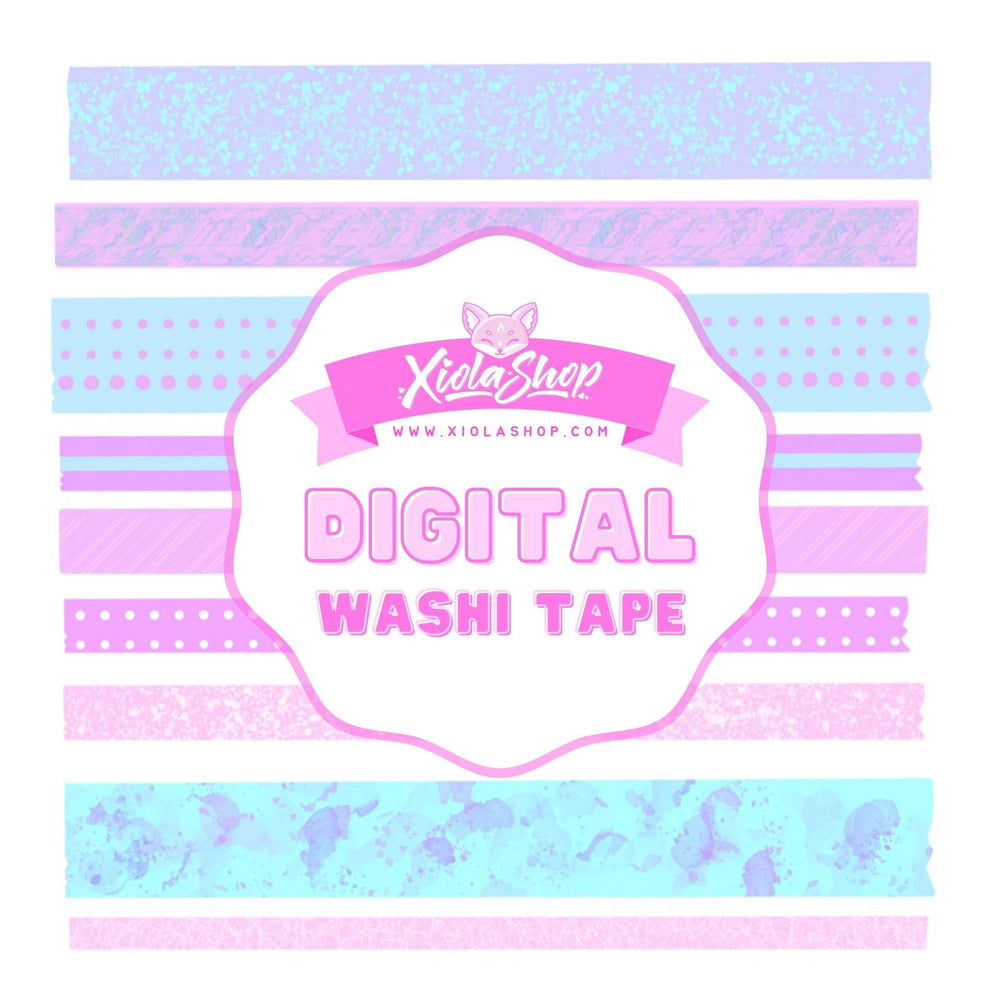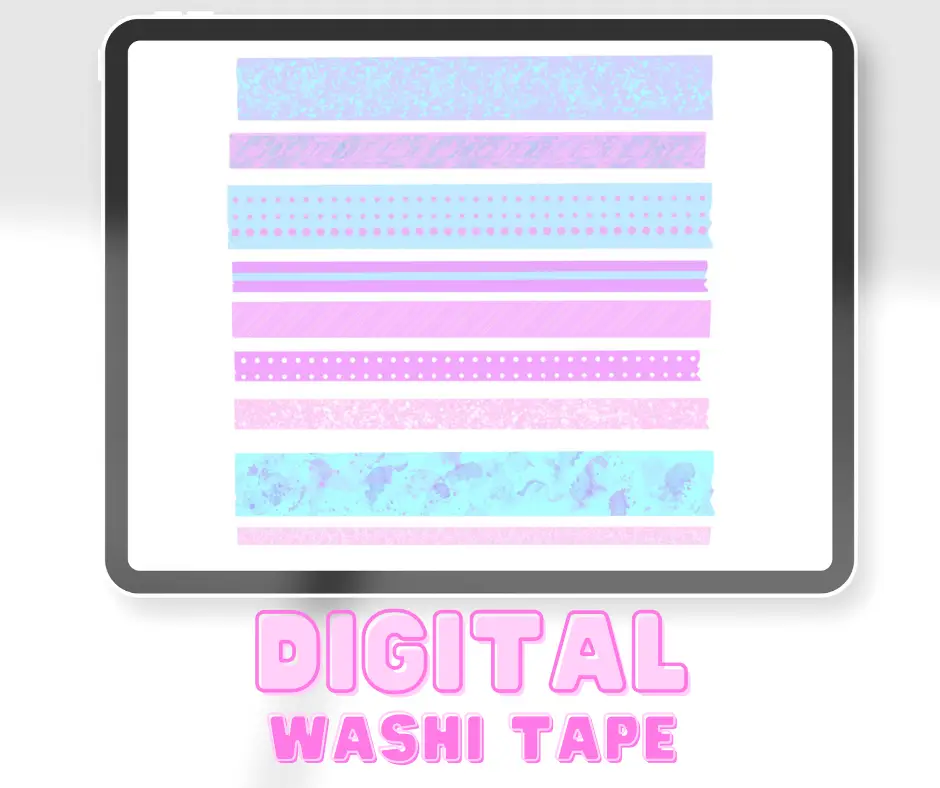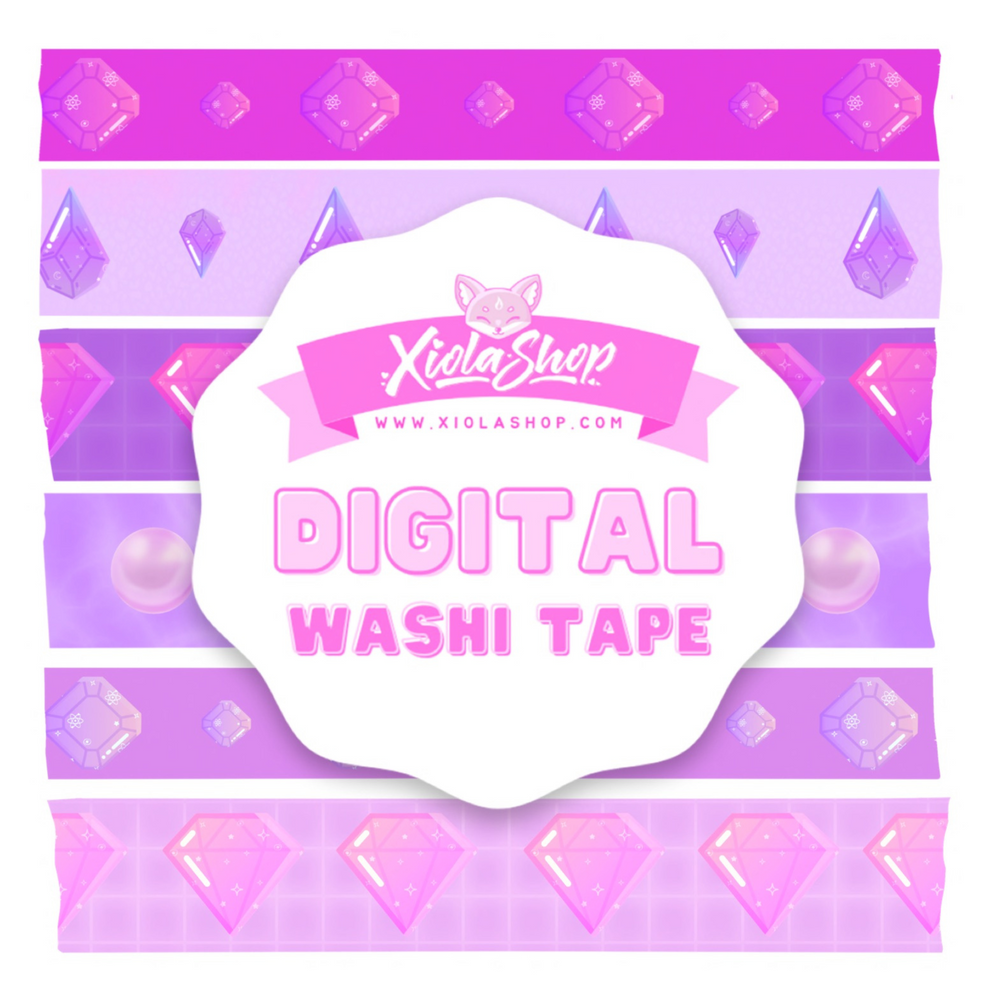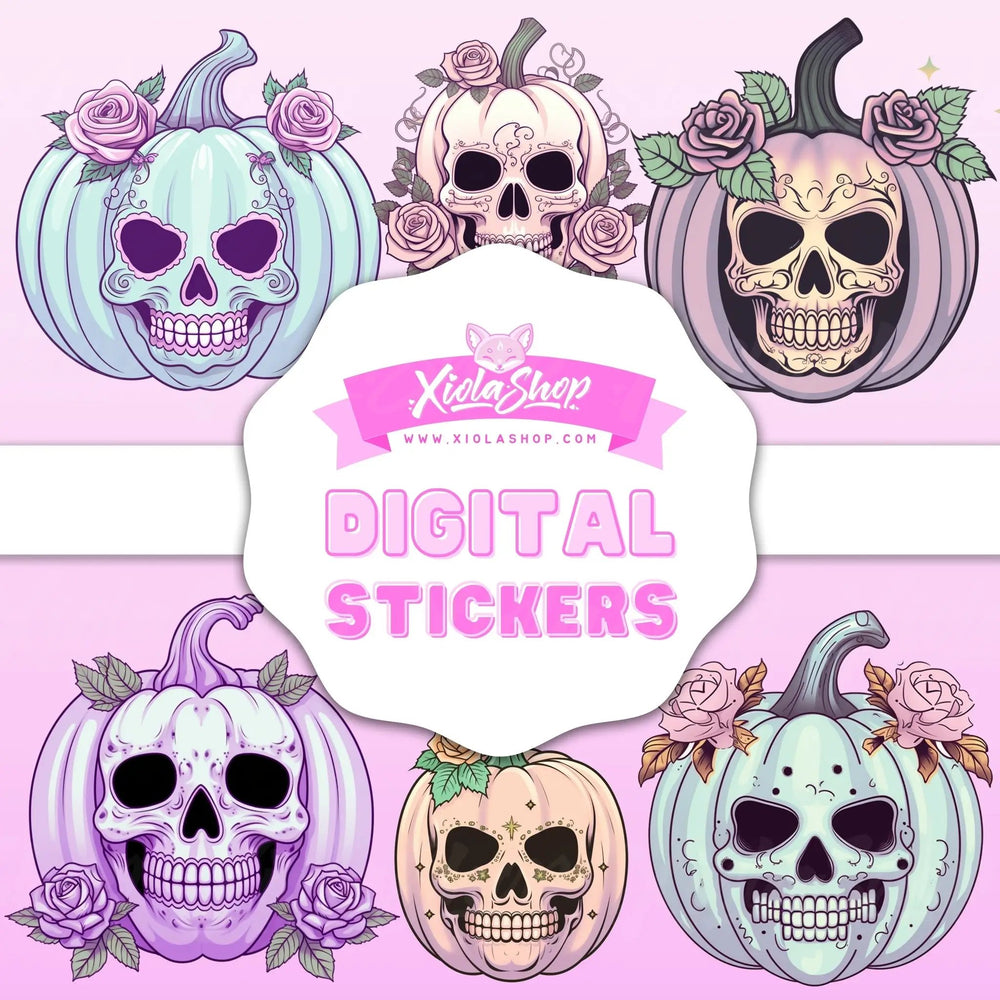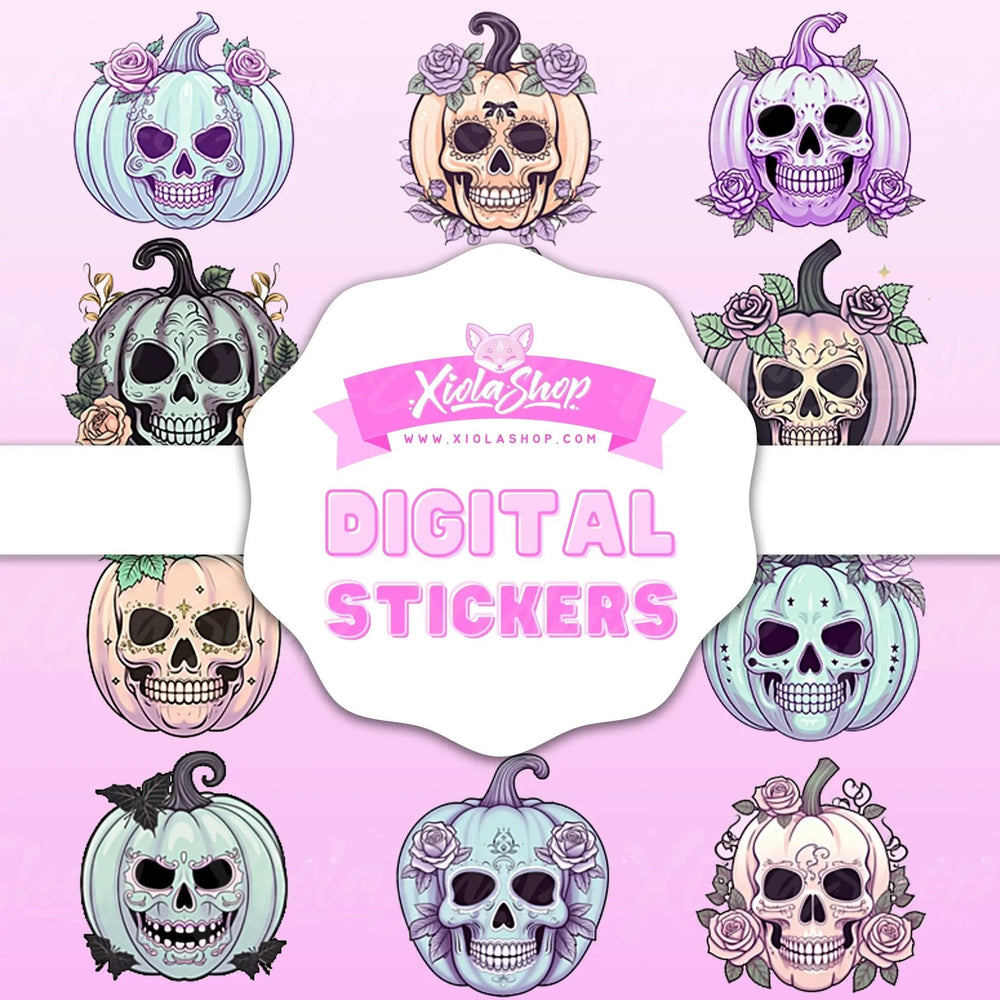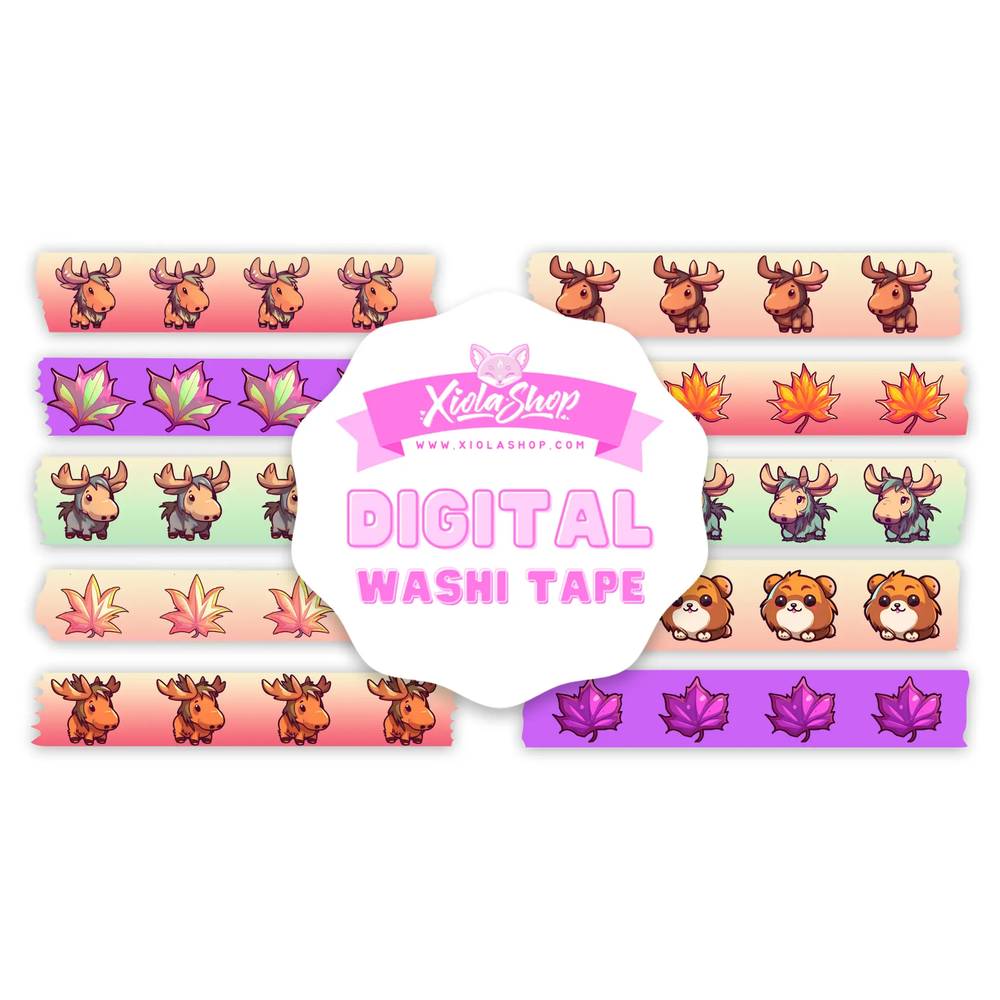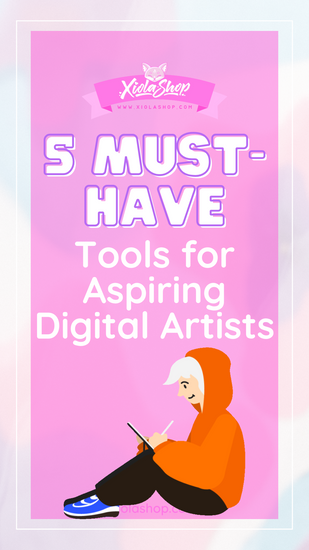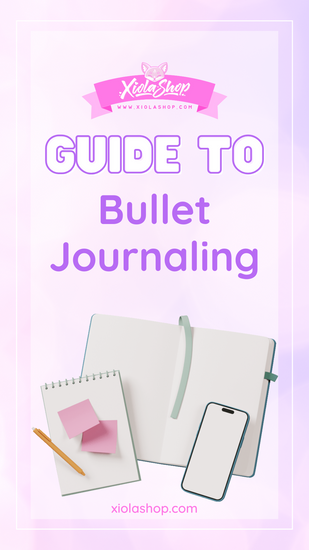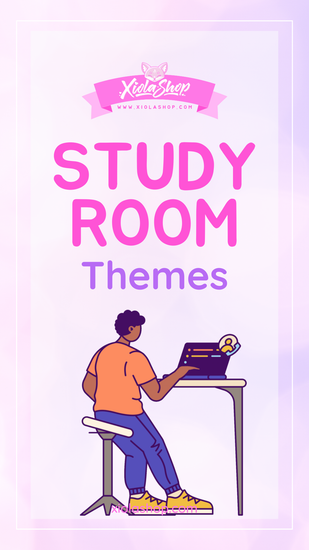The Digital vs. Physical Stationery Debate: A Comprehensive Overview
~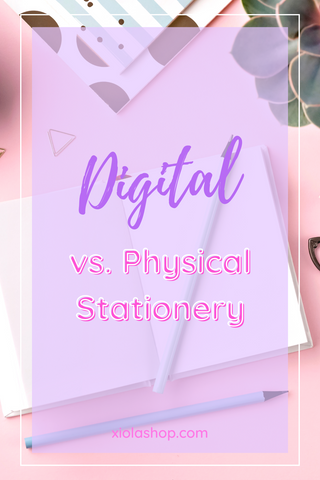 In the digital age where technology is ever-evolving, the very concept of stationery has been revolutionized. Today, we stand at the crossroads of choosing between the convenience and interactivity of digital stationery and the classic charm of physical stationery. Let's delve into this discussion with an unbiased perspective, weighing the pros and cons of each option, and explore some of the most popular digital stationery apps currently trending in the market.
In the digital age where technology is ever-evolving, the very concept of stationery has been revolutionized. Today, we stand at the crossroads of choosing between the convenience and interactivity of digital stationery and the classic charm of physical stationery. Let's delve into this discussion with an unbiased perspective, weighing the pros and cons of each option, and explore some of the most popular digital stationery apps currently trending in the market.
Electronic Stationery: A Contemporary Approach
Advantages of Electronic Stationery
1. Accessible: With tech-based tools, your smartphone, tablet, or laptop is your all-in-one stationery solution. You can take notes, set reminders, sketch, or compile to-do lists, anytime, anywhere.
2. Minimalistic: Say goodbye to overflowing drawers and disorganized papers. Electronic stationery ensures everything is stored neatly within your device.
3. Efficient Management: Electronic stationery platforms come with advanced features such as categorization, tagging, and search options to streamline your note organization and retrieval process.
4. Eco-Friendly: Opting for digital means fewer trees cut down for paper production and less waste, which is beneficial for the environment.
5. Seamless Sharing: Sharing your notes or documents is a breeze with digital tools. You can distribute them via email, cloud storage, or social networks with just a tap.
Drawbacks of Electronic Stationery
1. Dependence on Technology: The significant disadvantage is reliance on gadgets and power. If your device runs out of battery or if there is no power source available, you can't access your notes.
2. Potential for Distractions: Devices may offer unwanted distractions, like notifications from social media or games, which could divert your focus.
3. Tech-Savviness Required: There can be a learning curve for those who are not tech-literate, as understanding the nuances of using digital apps can take some time.
4. Missing Personal Interaction: The sensation of writing with a pen on paper, which many find fulfilling and personal, cannot be replicated on a digital platform.
Trending Electronic Stationery Platforms
1. Evernote: Boasting note-taking, organization, task management, and archiving, Evernote is highly popular among both students and professionals.
2. Microsoft OneNote: OneNote serves as a comprehensive electronic notebook that allows typing, handwriting or drawing and provides cross-device syncing.
3. GoodNotes: A perfect fit for iPad users, GoodNotes transforms your device into an electronic notepad with handwriting recognition.
4. Notability: Notability shines with its interactive note-taking features, which combine typing, handwriting, photo, and audio inputs for a dynamic note-taking experience.
Conventional Stationery: The Classic Alternative
Advantages of Conventional Stationery
1. The Joy of Tangibility: The pleasure of holding a physical book, scribbling down thoughts, or sketching in the margins of a page is an experience that cannot be replicated digitally.
2. Distraction-Free: Using conventional stationery means no digital distractions, providing a more focused environment.
3. Customizable: Conventional stationery offers an array of customization options - choose your favorite colors, sizes, and textures to personalize your tools.
4. Improved Recall: Research suggests that manual note-taking can lead to better retention and comprehension of the content.
Drawbacks of Conventional Stationery
1. Less Mobility: Transporting various notebooks and other stationery can be cumbersome compared to a single digital device.
2. Environment Impact: The use of paper in traditional stationery contributes to deforestation, making it less eco-friendly.
3. Challenging to Organize: It takes more time and effort to arrange and find specific information within physical notes compared to digital ones.
4. Irrecoverable: Losing a physical notebook or damaging it means permanently losing your notes.
In a nutshell, the decision between electronic and traditional stationery is subjective and depends on your lifestyle and preferences. Both have their unique strengths and weaknesses, and understanding these can guide you to make a choice that enhances your study or work routine. Whether you are a digital native or a traditionalist, the aim is to discover a balance that fits you perfectly.

